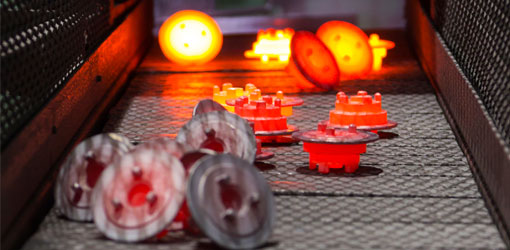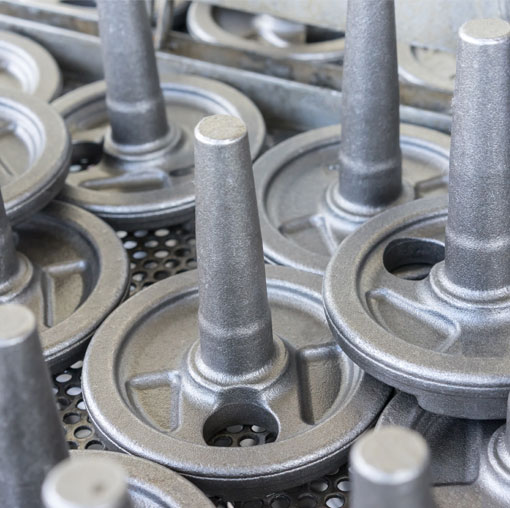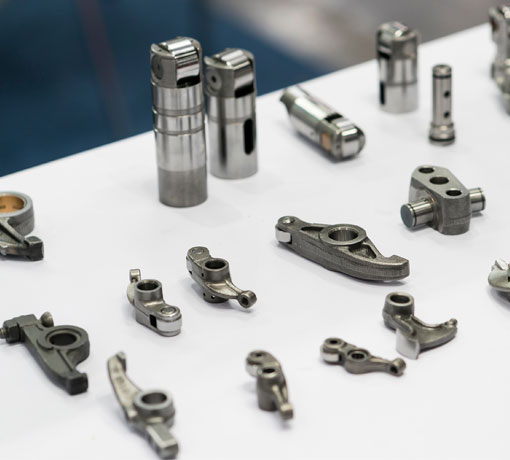When it comes to steel and iron, there's a lot of jargon being thrown around. Carbon and chromium, silicon and molybdenum#and then there's jpx 900 forged vs hot metal. Oh, no! What's going on? Let me explain
Carbon content is an important factor in the performance of your knife. This is because carbon is the element that makes up most of the material in the blade (and other parts). The higher the carbon content, the better your blade will be at cutting through whatever it is you're trying to cut through. So how do you measure how much carbon is in your blade? Well, it turns out that one way is by using what's called the heat treat. This process involves heating up your steel until it glows red-hot and then quenching it quickly in water or oil so that all of the carbon inside can sublime away into a gas form known as CO2 (carbon dioxide). The longer you wait before quenching your knife, the more pure molten steel remains on its surface after quenching (meaning less CO2 will have escaped). Therefore, any time someone says jpx 900 forged vs hot metal they're referring to whether or
jpx 900 forged vs hot metal








